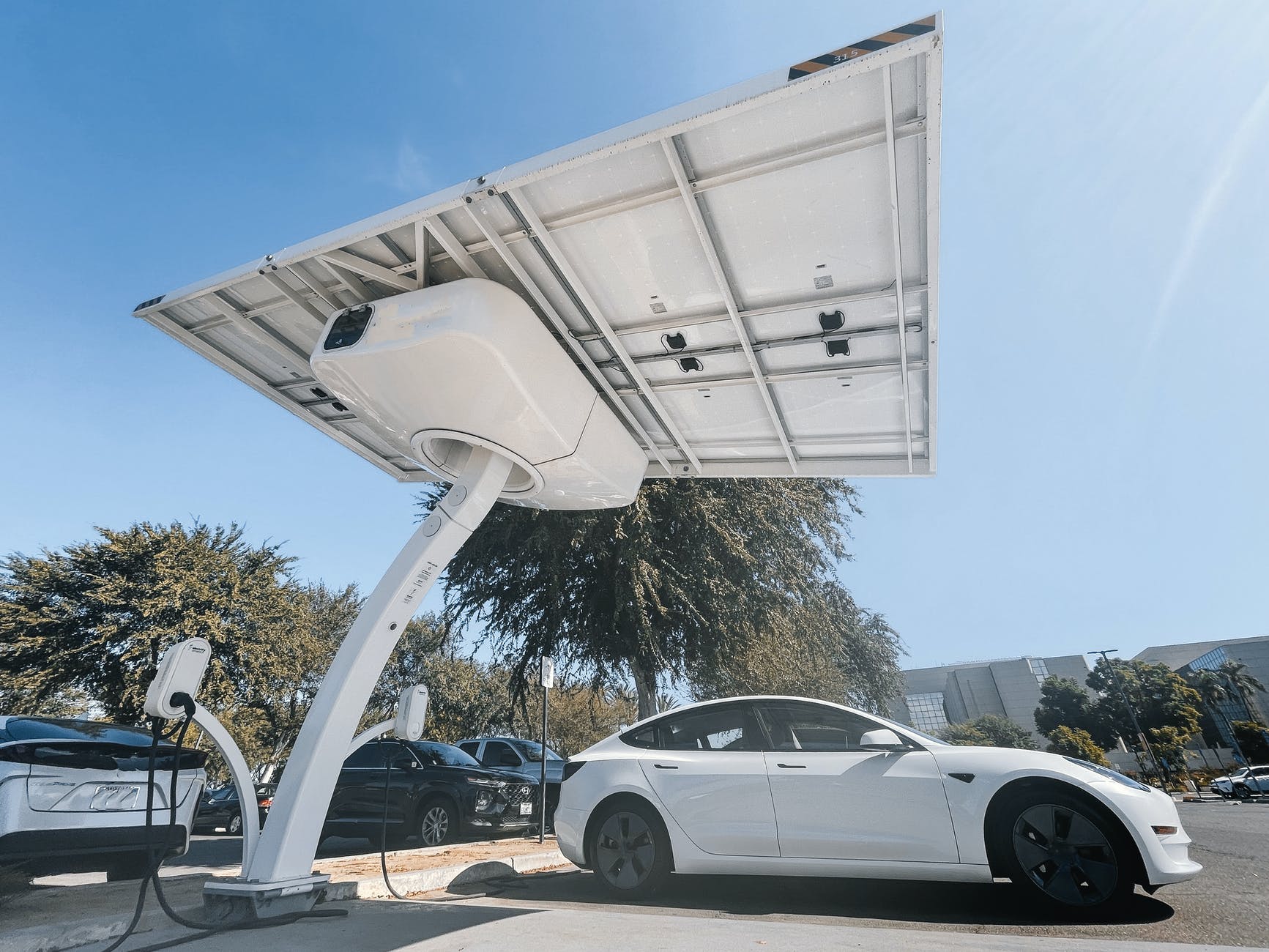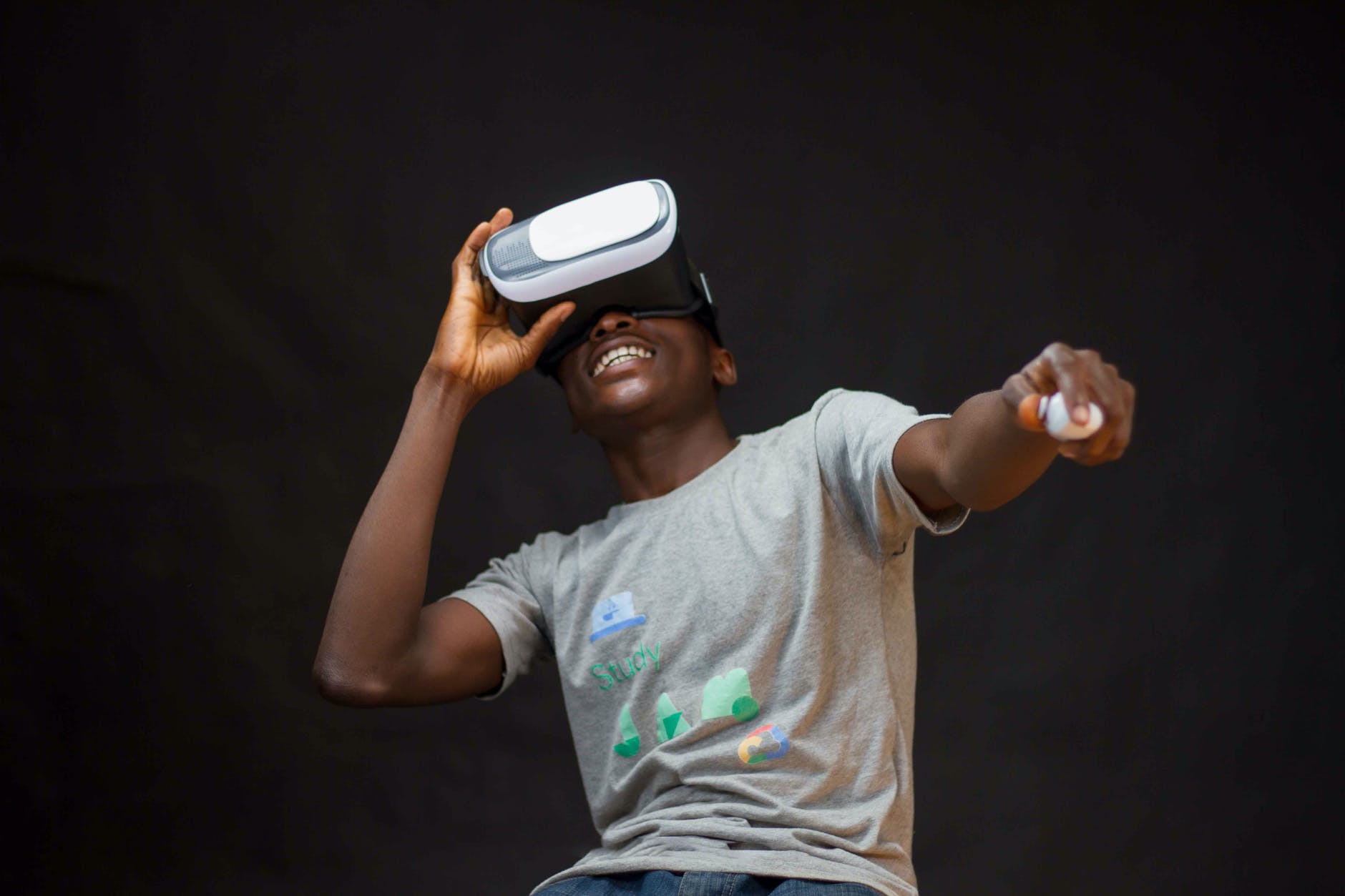How will technology change in the next 20 years?

A few minutes every morning is all you need.
Stay up to date on the world's Headlines and Human Stories. It's fun, it's factual, it's fluff-free.
With technology ever-evolving, many wonder how will technology change in the next 20 years? What will daily life look like? Jeff Bezos, the founder of Amazon, has suggested that children will be born on space stations in the future. This colonization of space would protect the Earth, which he calls “the most precious planet.”
From sci-fi visions to scientific discoveries and medical developments, the forecast for our future includes many predictions. So, how will technology change in the next 20 years?
Some bio-related changes

Bio-related technological advancements are continuing worldwide. For example, NASA officially announced that it would land a probe on the moon on an ice drilling mission later this year. This probe will drill three feet into its surface to look for water ice. The presence of water on the moon may answer if future generations will be able to inhabit the moon.
The COVID-19 pandemic also brought about quick bio-related changes in technology. The COVID-19 vaccines were the first mRNA vaccines approved by the United States Food and Drug Administration (FDA) .
On top of this, more citizens are expected to see advancements in artificially grown organs in the US. Right now, biotech experts can grow billions of cells in a lab, but research is still ongoing to grow fully functioning human organs in a lab. Nevertheless, 81% of Americans believe that those in need of an organ transplant will be able to receive an organ custom-made in a lab in the next 50 years, according to the Pew Research Center.
In Greater China (Hong Kong, more specifically), the region is also contributing to the advancements of medications and is a major clinical trial center for new drugs. Institutions like the Hong Kong Eye Hospital, the University of Hong Kong and the Chinese University of Hong Kong have all conducted clinical trials of US drugs. These institutions are also the first to be approved by the National Medical Products Administration and can now conduct clinical trials for drug registrations in China. With this development, Hong Kong institutes can have a more significant impact on global pharmaceutical advancements.
Manufacturing
Thanks to the artificial intelligence (AI) that brought robots into households, many aspects of daily life will be impacted by automation. Many people are now also familiar with home assistants such as Alexa and Google Home and also commonly have robot cleaners like Roomba.
Elon Musk, chief executive officer of Tesla, recently announced his idea of future technology using artificial intelligence via the Tesla Bot, also known as Optimus. This humanoid robot is meant to help humans with daily boring and repetitive tasks. This robot would be five feet and eight inches tall, 125 pounds and will be able to lift 45 pounds. This has expanded people’s beliefs of what could change in manufacturing in the next 20 years.
Hong Kong is also beginning to shift its view of manufacturing in the wake of new technology. In the late 1970s and early 1980s, many factories moved out of Hong Kong and into mainland China to save on labor costs.
Today, 40 years later, Hong Kong is attempting to bring back more factory production and increase the number of products with the tag “Made in Hong Kong.” The goal is not to bring back the labor-intensive aspects of factory manufacturing but to use manufacturing technology to improve productivity and encourage industry growth.
Speaking to SCMP, Albert Wong, the CEO of Hong Kong Science and Technology Parks Corporation (HKSTP), explained that the city “used to be one of the ‘Four Little Dragons’ of Asia – we used to do a lot of manufacturing. At the moment, industry occupies less than 1% of the GDP. In other economies, [it’s] 20 or 30%.”
But now, because of drastic technological developments, there is greater demand for high-quality and customized design, with heavier emphasis placed on quality and value rather than just cost reduction. And with this trend lies an opportunity for Hong Kong to expand the manufacturing sector.
“We cannot bring back the old, labour-intensive manufacturing, but we need to bring back its future. That means high-end manufacturing, advanced manufacturing, automation or a lot of digital support.” Wong explained.
Energy

The need for future technology comes from a few different problems currently faced by humankind – the first being climate change. An increasing population and shrinking nonrenewable energy sources have created a race to save Earth for humanity.
There is an increased need to make renewable energy sources more accessible. Gasoline cars emit high amounts of carbon into the atmosphere, and extracting fossil fuels from the earth harms the environment.
Moreover, methods for obtaining renewable resources are becoming more challenging with climate change. For example, wildfires and hurricanes impacted the infrastructure of power systems in the US in 2019.
Researchers are now looking into AI to manage renewable energy sources. In the next 20 years, it is hoped that AI will make controlling and storing renewable power easier, less expensive and more efficient.
With AI, it’s also hoped that we’ll get better at forecasting climate changes and therefore managing our power, thus electricity.
Transportation

Future technology is also evolving to help the environment and combat global warming. For example, electric vehicles (EVs) are becoming more accessible to lessen the carbon emitted by gasoline vehicles.
According to the International Environmental Agency, or otherwise known as the IEA, over 10 million electric cars were on the world’s roads last year, and EV registrations increased in major markets despite the pandemic.
Europe contributed the most to this rise for the first time, with 1.4 million new registrations. China followed with 1.2 million registrations, and the US registered 295,000 new electric cars.
In Hong Kong, specifically, electric cars have become increasingly popular. The total number of registrations of EVs in Hong Kong has increased from 162 in 2010 to 18,361 in 2020, and by October 2021, almost 25,000 electric vehicles were in use in Hong Kong. By 2030, Hong Kong expects that all new cars built in the region will be electric.
Hong Kong is also making technological advancements in transportation with its Smart City Blueprint. The Hong Kong government proposed its Smart City Blueprint in 2017, outlining six main ways it will upgrade its new technology, the first one being an intelligent transportation system with traffic management. As Hong Kong evolves with this plan, its transportation system will become significantly smarter and easier in the next 20 years. Traffic will diminish along with harmful carbon emissions through the proposal.
Construction

The need for homes and businesses will continue to grow in the next 20 years, increasing the need for easy and efficient infrastructure construction. Improved imaging and 3D printing will make creating and building materials less expensive and more efficient.
In Hong Kong, one of the main focuses is upgrading its infrastructure. Buildings will be built to be more energy efficient with waste management in the near future. In addition, Hong Kong will be designed to support technological advancements, efficient transportation and accessibility to Wi-Fi and commercial services.
Communication

Right now, humans have created multiple platforms for staying in contact, from social media and email to telephone calls and Zoom meetings. During the pandemic, the usage of these means of communication skyrocketed further.
This includes products like Google Glass and other wearable computing devices. As this technology advances, the next two decades may bring technology that provides a constant stream of information without the user even having to pick up a smartphone.
Undoubtedly, however, a big aspect of the future of communication and connection is the adoption of the metaverse, which is a combination of augmented reality (think Pokemon Go) and virtual reality (think Oculus Rift) in the future. Some key tech giants betting on this space include Meta Platforms Inc., formerly Facebook Inc., Apple Inc Roblox, Epic Games Inc., Nvidia Corporation as well as Snap Inc.
Have a tip or story? Get in touch with our reporters at tips@themilsource.com




Comments ()